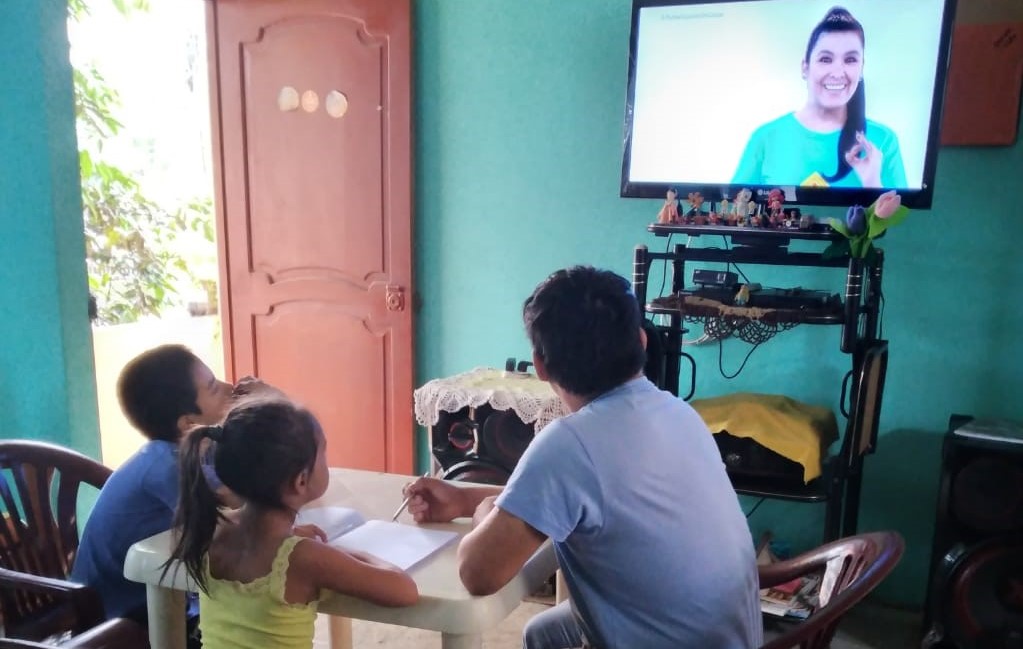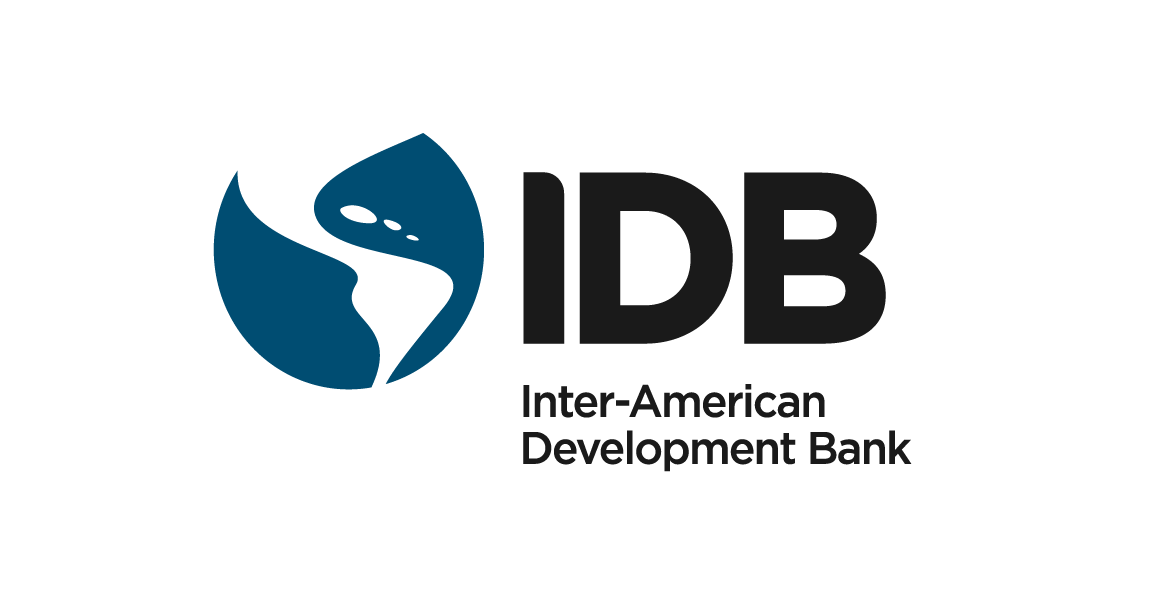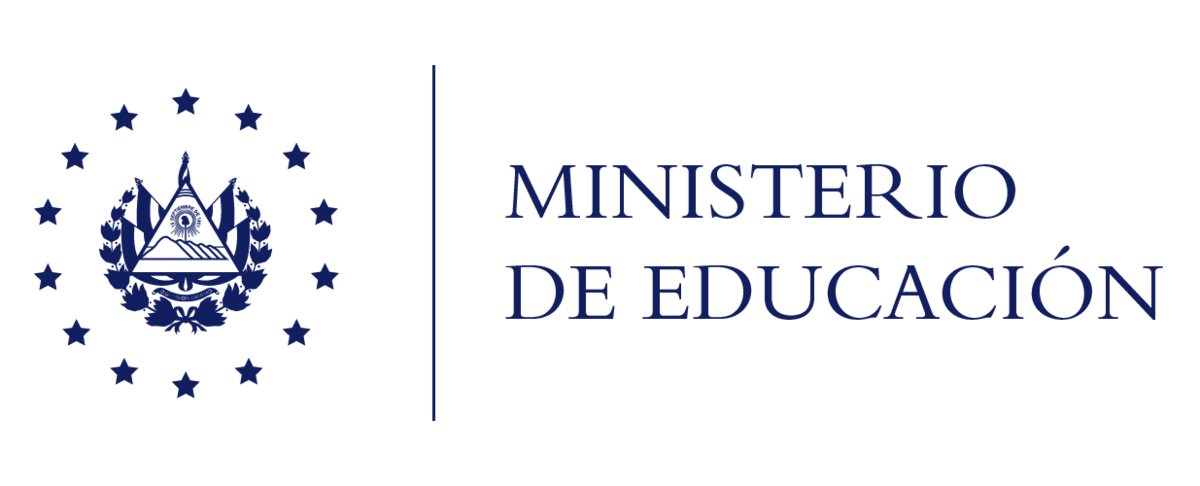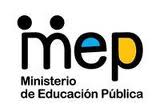Assessing Learning from Home Resources on Child Education During COVID-19 in Four Latin American Countries

IPA and the Inter-American Development bank assessed the experiences of caregivers using government-provided learning from home resources to support their children during COVID-19 in Colombia, Costa Rica, El Salvador, and Peru. Usage of the resources was high, and communicating with teachers increased caregiver engagement with children. Higher income households used resources more frequently than households with lower incomes and lower reported caregiver well-being.
During the COVID-19 pandemic, Latin America had the world’s highest average school-closure days. Governments in Colombia, Costa Rica, El Salvador, and Peru developed remote learning programs so young children could continue their education at home. This measure included distributing learning from home resources in different mediums for caregivers to support their children’s learning, including television or radio lessons, digital lessons and materials, and oral or written classes and instructions provided by teachers. While these official resources were rolled out quickly, the process raised questions about accessibility, frequency of use and effectiveness, and caregiver perceptions of different resources.
IPA and the Inter-American Development Bank assessed experiences of caregivers using government-provided learning from home resources during the COVID-19 pandemic in Colombia, Costa Rica, El Salvador, and Peru. To do this, they conducted online surveys with 62,837 households with children enrolled in early childhood development services and preschool. They measured indicators including caregiver socioeconomic status, caregiver strategies for emergency remote education (e.g., interactions with teachers and accessing these resources), caregiver investment in their child’s learning, and family well-being.
Across all four countries, usage of the learning from home resources was high, with television and radio lessons the most commonly used resources as they did not require much caregiver learning support. However, communicating with teachers significantly increased caregiver engagement with their children. Caregivers in higher-income households used the resources more frequently, primarily due to fewer time constraints, a higher likelihood of working from home, and higher levels of well-being and perceived self-confidence. Meanwhile, households that needed the most learning support—including lower-income households and caregivers with lower reported well-being—used the resources the least.
Research Partner

Implementing Partners
















